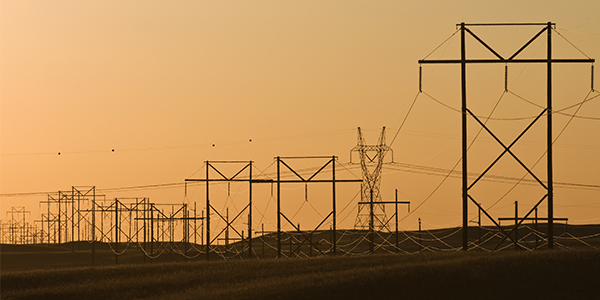New complexities in the energy sector mean transmission planners must be “highly coordinated and intentional,” California Energy Commission member Andrew McCallister said Thursday.
“We are in and increasingly going towards a distributed energy future, and that’s why having the distribution system level integrated from the customer … to the wholesale generation system … is so key for planning going forward,” McAllister said during a press conference at the National Association of Regulatory Utility Commissioners’ virtual Winter Policy Summit.
McAllister, who is co-vice chair of the NARUC-National Association of State Energy Officials Task Force on Comprehensive Electricity Planning, joined other task force leaders in releasing a suite of new planning resources.
Those resources, which include Roadmaps for Comprehensive Electricity Planning, a Blueprint for State Action and an online library, are designed to help state agencies, companies and stakeholders unify their transmission planning processes. Fifteen states participated in developing the resources during the two-year task force.
McAllister said that integrated approaches to transmission planning that bring together regulators and state energy officials are key to informing grid-related investment decisions.
“Distribution system planning requires access to more and different data and an expanding array of analytical tools,” McAllister said. “The task force has generated terrific intelligence and insight along those lines.”
Some of the states in the task force have committed to applying the new strategies.
California, Colorado, Hawaii, Michigan, Minnesota, North Carolina, Rhode Island and Virginia intend to explore opportunities to align electricity planning processes to meet priorities, such as decarbonization, through docketed proceedings.
Arkansas, California, Hawaii, Minnesota, Puerto Rico and Rhode Island have agreed to make data, such as voltage studies and hosting capacity analyses, available to improve distribution planning. Hawaii, Maryland, Minnesota and North Carolina also committed to holding technical conferences and briefings on the results of the task force to support states’ efforts to reform planning processes.
McAllister said that states also will have access to technical assistance from the U.S. Department of Energy and the National Laboratories.



